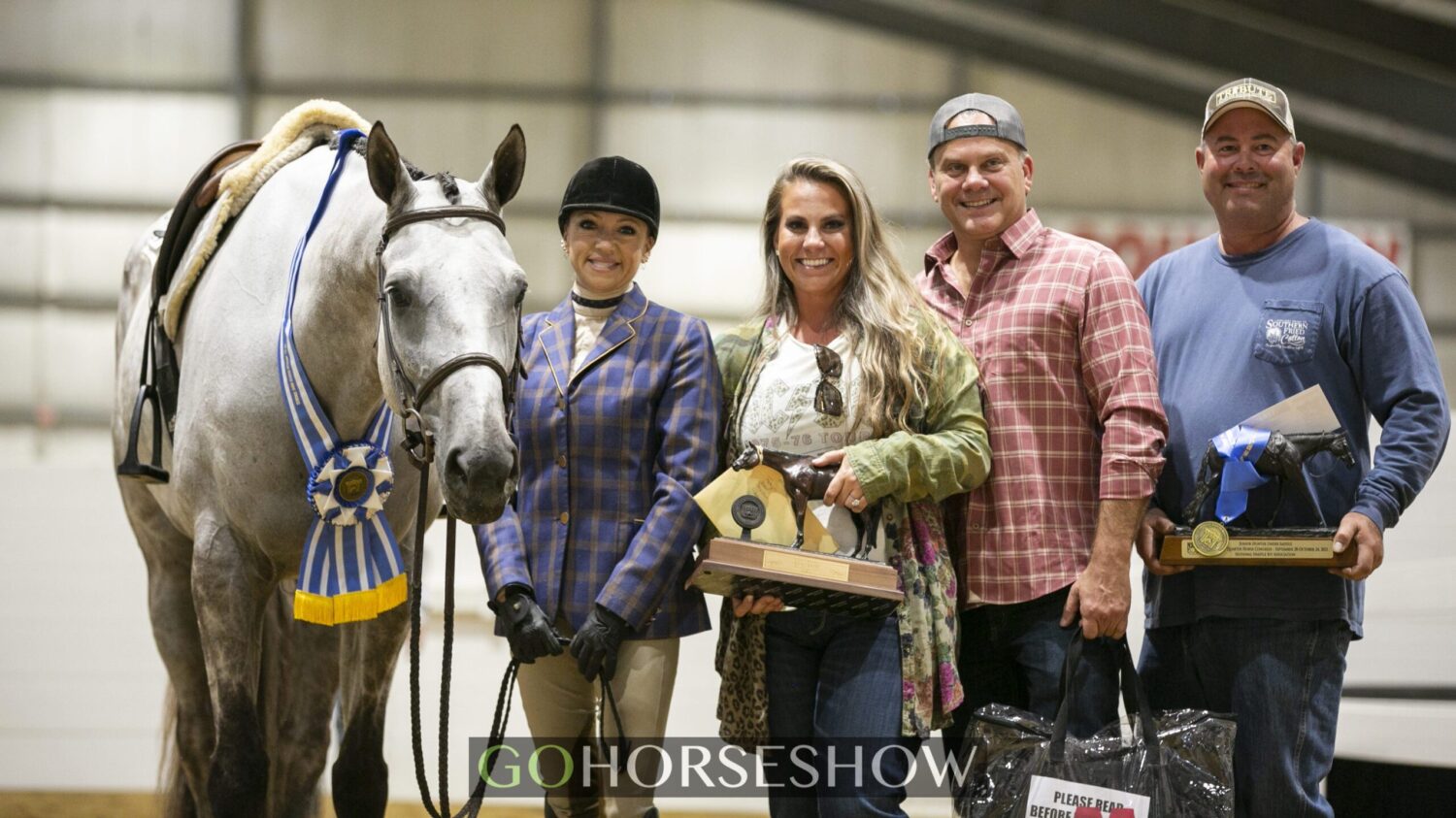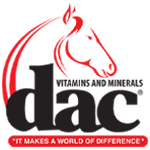In Part II of our “Training the Eye” series, in which we examine what to look for when purchasing a young horse to hedge your bets for success, we will focus on the traits of a top hunter under saddle contender.
Again, proven horses are priced accordingly, which can make it difficult for many people to afford something that’s “been there and won that.” Budget is often the driving force behind why buyers are attracted to young horses. However, the younger the animal, the greater the gamble on their future career under saddle.
We spoke with multiple AQHA World and Congress Champion trainer Jamie English to get her advice for what to look for in a young hunter under saddle prospect to increase your chances of success under saddle.
In case you missed it, be sure to check out Part I of this series where leading breeder Debbi Trubee provided her tips for selecting a western pleasure prospect.
Conformation
All our experts for this series agree – when looking at a prospect, begin with evaluating their conformation for the event you are seeking to compete in.
 “I look for a lot of the same traits that you may look for in a western pleasure horse – just on a larger scale,” English explains.
“I look for a lot of the same traits that you may look for in a western pleasure horse – just on a larger scale,” English explains.
“I like to see a short back. This conformational trait is beneficial, particularly at the canter. A shorter back allows them to lift easier for collection and their legs tend to have better flow beneath them,” English describes. “I want them to canter like a giant pleasure horse. The longer the proportion of the legs and back, the more they will struggle to stay in frame.”
Overall, English looks for an individual with an uphill or, at least, more even build as a young animal. “The benefit of uphill structure is that the horse’s weight will naturally be in their hind end as opposed to on their front end,” English says.
“We want the hunt seaters to lift in the front and drive from behind. Some especially talented downhill horses can still do this, but they have to work a lot harder to accomplish it. Most horses like to get by with as little effort as possible, so looking for the right body structure goes a long way in hedging your bets for success.”
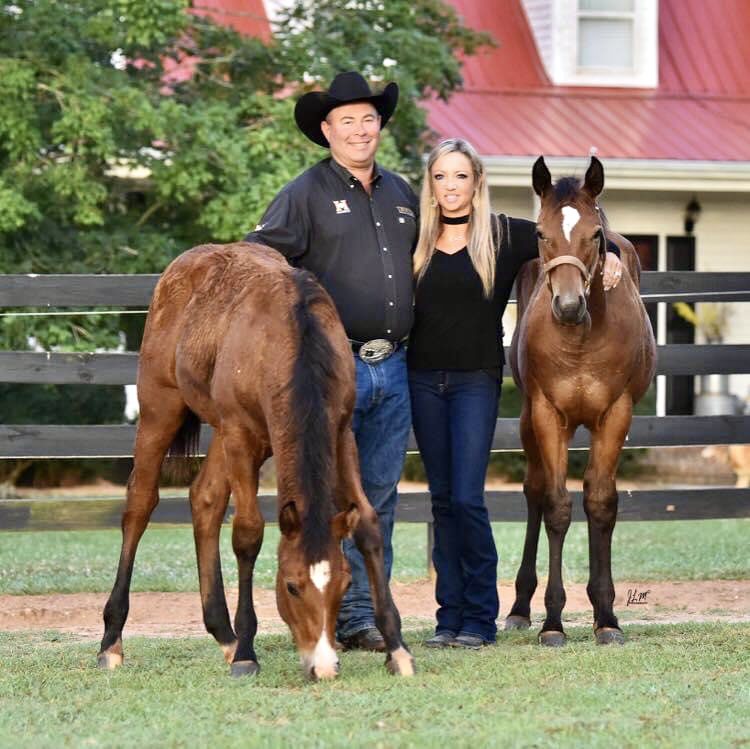 English also looks for free movement from the animal’s shoulder. “You don’t want the horse to trot off their feet or ‘pony trot,’” English laughs. “So when the shoulder has more mobility to it, it’s easier to get the long, slow-legged trot that judges are looking for.”
English also looks for free movement from the animal’s shoulder. “You don’t want the horse to trot off their feet or ‘pony trot,’” English laughs. “So when the shoulder has more mobility to it, it’s easier to get the long, slow-legged trot that judges are looking for.”
English also looks for a nice, long neck that comes out low from the withers and ties in low into their chest as this will aid them in naturally having the proper headset and balance.
Finally, English looks for low set hocks for drive and to help the individual “hold the ground,” as well as lower knees to allow for a straighter front leg.
Size Matters
It doesn’t take a professional eye to notice that the modern hunt seater is a large animal. And, if you are looking to find a prospect more likely to excel in the discipline, size will matter (to an extent).
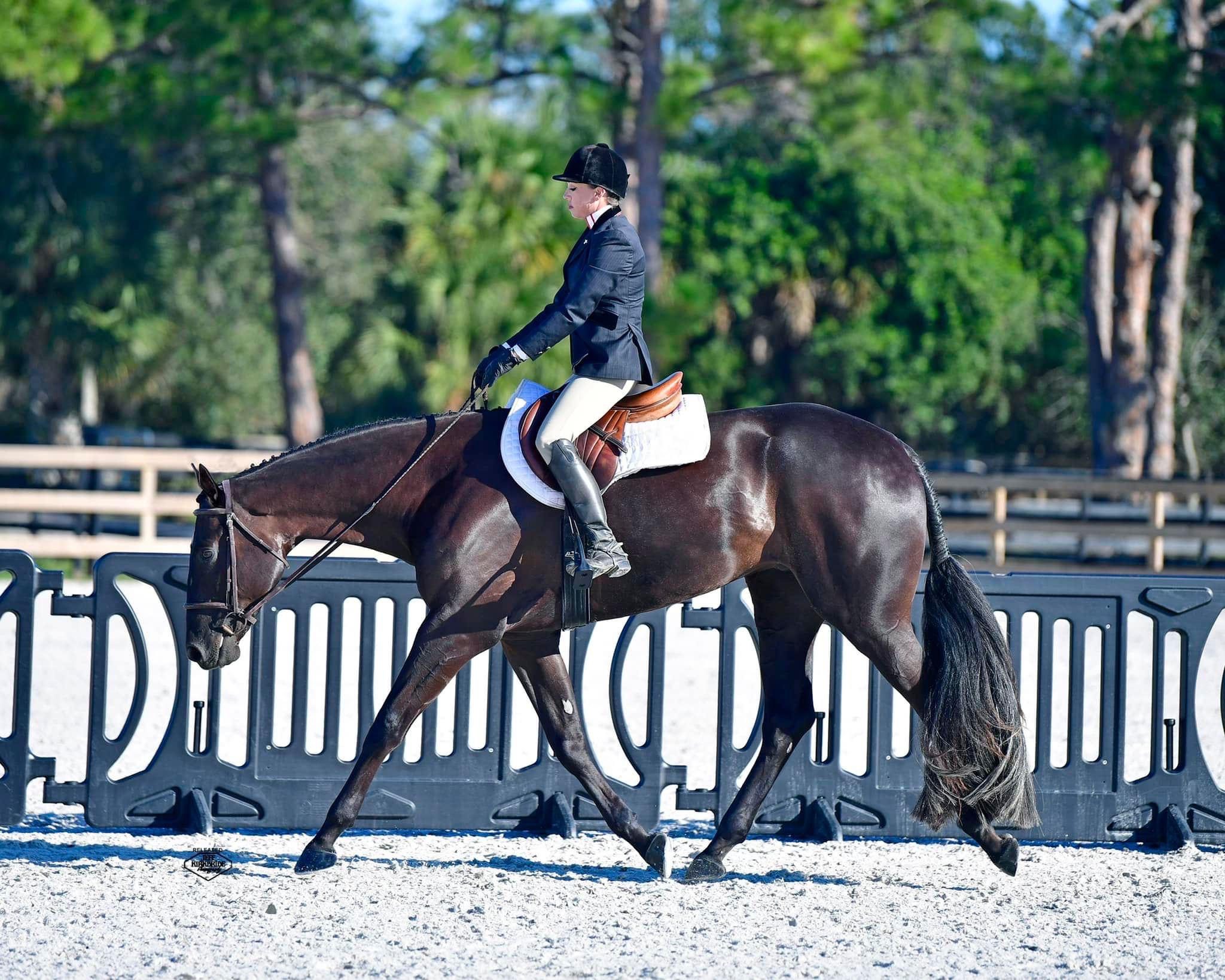 “I like my hunt seater to finish between 16.1-17.1h tall,” English says. “Open horses can be even larger, but if the horse is intended to be ridden by an amateur eventually, you don’t want something that will get so large they will be hard for them to ride.”
“I like my hunt seater to finish between 16.1-17.1h tall,” English says. “Open horses can be even larger, but if the horse is intended to be ridden by an amateur eventually, you don’t want something that will get so large they will be hard for them to ride.”
English has found that most of her long yearlings that come into training are already around 16h at the withers, or close to it. While smaller individuals can find success, they are already at a physical disadvantage.
In order to support the mass of an animal of this size, English explains that she looks for more than just height – she wants to see substance as well.
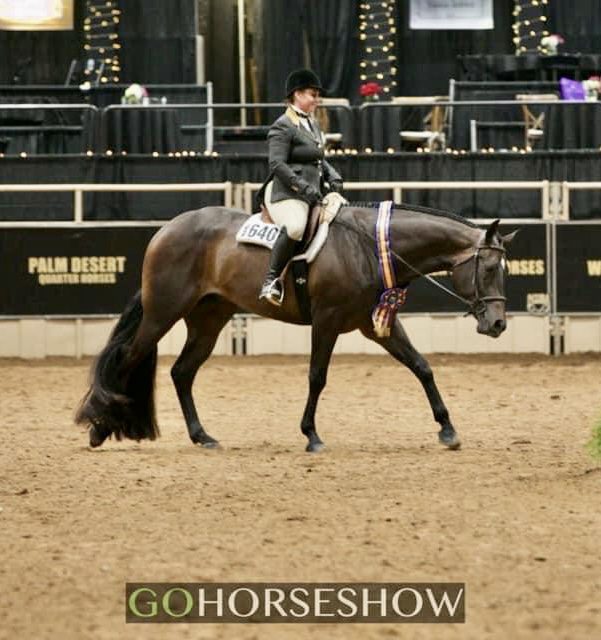 “If you end up with a spindly, narrow-chested horse, your progress will likely be slower because that individual will require more time to physically mature,” English describes.“Therefore, when I look at a baby, I like to see one with a broad chest and a little more bone to the legs.”
“If you end up with a spindly, narrow-chested horse, your progress will likely be slower because that individual will require more time to physically mature,” English describes.“Therefore, when I look at a baby, I like to see one with a broad chest and a little more bone to the legs.”
A “bigger-boned” animal will likely be able to hold up to showing at a younger age and will also likely have more longevity. Of course, a bigger animal will also need feet that are a good size to support the weight of the body. “Their feet and legs form the stability and support for their entire body and they need to be built big everywhere in order to hold up over time.”
Movement
English looks for a young horse to have a “natural big trot to where you don’t have to make it. You want to see some ‘hang time’ when they’re trotting – a floaty effortless movement from the shoulder up that almost looks like a hesitation in mid-air due to the lift.”
In addition, “You don’t want to see the neck come up when they go to trot off. You want them to hold their head comfortably just above level. One that cranes its neck up like a llama to trot off will be harder to train to get their head down.”

That said, English admits there is a lot of talk about the trot in the hunter under saddle, but she finds a natural loper to be far more exotic and interesting in a hunt seat prospect.
“While I love a great, natural trot, I find one that wants to lope everywhere more intriguing as a trainer. It is easier to teach a horse to trot correctly than to canter. In a worst-case scenario, you can make them trot, but a canter is a little more black–and–white to me – especially if the goal is for them to become a horse for an amateur. They either can canter well…or they can’t.”
When watching a prospect canter, English wants to see them, “have a balanced ‘front–to–back’ canter with the legs swinging in unison. I want to see natural rhythm where they want to hold the ground and swing their legs slowly.”
Essentially, “You want them to already look like it’s effortless and they are already standing up and holding their hip over. Those are the ones trainers like to get in the barn because you don’t have to mess with their movement as much to make it show ready.”
Mind
While the mind on a horse is always important, it becomes even more important when dealing with such large animals.
“I want a western pleasure mindset on my hunt seaters,” English chuckles. “I like to see a horse that goes back to some more western lines because I want a horse that a non-pro can show. I don’t want something that’s super high strung or spooky. I want a lower-key, almost lazy minded mentality, especially in a prospect intended for an amateur.”
Breeding
Often times, the animal’s breeding is a large factor in their perceived chances for success – especially before they’re under saddle.
English admits, “I’ve had average-bred horses become phenomenal animals and I’ve had phenomenally-bred horses turn out average.”
 English believes the papers can be helpful if you are looking for a prospect to resell and hold value and become very important if you are looking for a future breeding animal.
English believes the papers can be helpful if you are looking for a prospect to resell and hold value and become very important if you are looking for a future breeding animal.
However, overall, English finds that breeding is more of a personal preference. “Some stallions develop reputations for siring better geldings, while others make better mares. Some stallions are known for making amateur-friendly animals, while others are known for making a talented horse that requires a talented rider. Therefore, these ‘trends’ can be something to consider. But, you still have to look at the animal in front of you.”
One thing English notices in a prospect is whether the animal is eligible for futurities because, if they meet their potential and can be shown with success, showing the futurities is a great way for the owner to make back some of their investment – especially where the show budget is tight.
Preferences May Matter More than You Think
While the western pleasure tends to prefer flashiness, the hunter under saddle division is changing, but it remains far more “traditional” in both the attire of the riders and the look of the animals.
 A hunter under saddle class is often represented by a disproportionately high number of bay horses. English believes this is mostly due to the fact that many of the top stallions in the hunt seat industry are also bay.
A hunter under saddle class is often represented by a disproportionately high number of bay horses. English believes this is mostly due to the fact that many of the top stallions in the hunt seat industry are also bay.
“If a horse has a more non-traditional color, like roan or buckskin or dun, it can stand out for the wrong reasons as those colors are traditionally associated with western or ranch events.”Therefore, while color is never indicative of talent, if you are looking to hedge your bets when purchasing a prospect, you may be better off in sticking to a more traditional color.
Check out Part 1 of our “Training the Eye” series with Debbi Trubee and western pleasure prospects. And stay tuned for Part 3 where we will investigate what traits to look for in the ideal all-around prospect.


